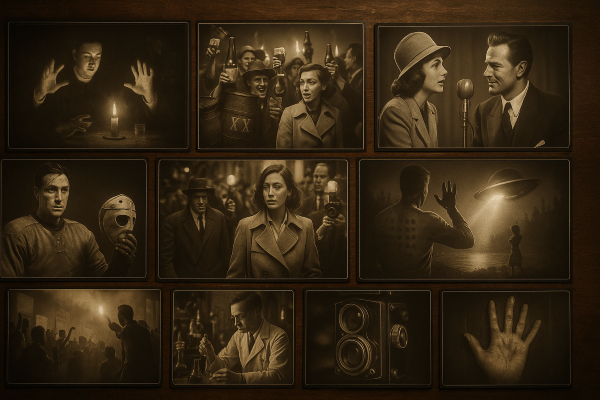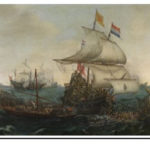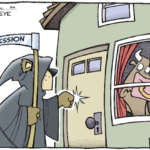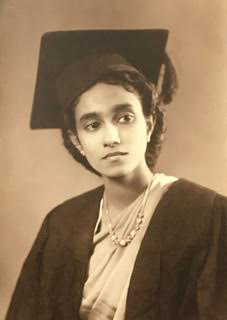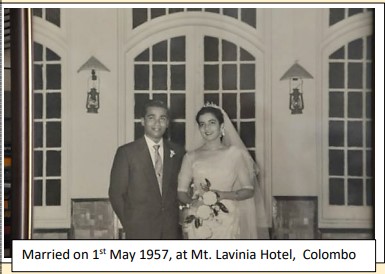The marvel of stained glass paintings-BY MAHIL WIJESINGHE
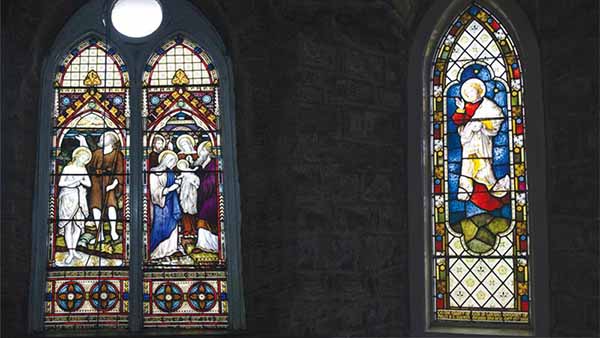
Source:Sundayobserver
Churches, particularly old Gothic style ones, are well-known for their stunningly beautiful stained glass windows. Church windows first featured stained glass way back in the fourth century. Many people flock to churches around the world and marvel at their beauty. There are several interesting reasons why churches feature stained glass.
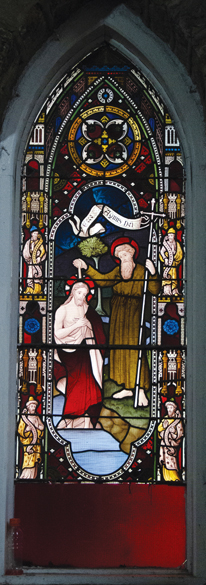
Gothic churches needed large trusses to support the huge ceilings, which made them dark and dingy. However, when the spaces between the trusses were filled with stained glass windows, the church became a bright and colourful spectacle for all worshipers to behold. Even the imperfections in the glass allowed the sunlight to dance on them and added to their beauty.
When churches were initially built, not many people were literate and the church was a learning hub. The stained glass windows illustrated elaborate Bible scenes, thereby facilitating the church to communicate Bible stories and Christian beliefs to people. The windows brought the Bible stories to life.
Light is an important symbol in many religions. It represents purity, the heavens, spirituality, and genesis. Naturally, windows were an important part of the church, so it is not surprising that builders began playing with the idea to enhance them. Stained glass provides a certain amount of privacy that ordinary windows do not, without blocking light transmission.
Different colours
 The different colours of the stained glass windows in churches represent different things. For instance, red represents the blood of Christ and serves as a reminder of His suffering. Blue, which is the same colour as the sky, symbolises heaven and piety and is often linked to Virgin Mary. No matter what the purpose of stained glass windows are in churches, whether for decoration or learning, one cannot deny their radiant beauty.
The different colours of the stained glass windows in churches represent different things. For instance, red represents the blood of Christ and serves as a reminder of His suffering. Blue, which is the same colour as the sky, symbolises heaven and piety and is often linked to Virgin Mary. No matter what the purpose of stained glass windows are in churches, whether for decoration or learning, one cannot deny their radiant beauty.
In Sri Lanka, most of the old as well as new churches contain stained glass windows with beautifully painted portraits of Jesus Christ, biblical scenes and other floral motifs adorning the towering walls.
I came across many beautiful stained glass windows illustrating the life of Jesus Christ and the Virgin Mary during my visits to many Christian churches around the country side. My most recent visit was to the awe-inspiring 18th century Christ Church Warleigh in Dickoya.
It is much more than a church. It is a spiritual centre, an architectural icon, and a historical monument from the colonial era.
I never knew that the small but beautiful stone church had such historical value until I visited the church in Norwood, Dickoya in the central highlands.
The church, built in 1878, with solid granite stones, gifted by an Englishman, William Scott, has a cemetery containing the tombstones of English planters and their families who never made it back to their homes in Britain.
Entering the premises, we were greeted by its resident caretaker who led us into the church. We were fascinated to see the magnificent wooden furniture and understand how English planters who gave their lives to develop the tea industry maintained the traditions of their faith. The interior, as well as the exterior of the church was clean and tidy.
The caretaker led us to the interior of the church and showed us the wooden pulpit and an ancient Bible on which was inscribed the year 1879, still being preserved in the church.
Strolling in the cool interior of the church, we were amazed to see the impressive architecture – an ancient pipe organ and an armchair. The most striking feature may be the precious 19th century stained glass windows which depict the portraits of Jesus Christ which were originally brought from England.
The beautiful floral structure made of porcelain for baptism in the church stands near the organ. The floor is laid with attractive floral tiles, also imported from England while the granite walls are adorned with copper plates containing biblical verses.
The compound of the church is dotted with granite and marble tombstones in various sizes and designs. Most of the tombstones are well-preserved and maintained without weeds and are surrounded by flower bushes. It gives a perfect beauty to the site and at the same time reminds one of the people buried here. Some of the tombstones had been imported directly from England while some were bought from Colombo’s funeral companies.
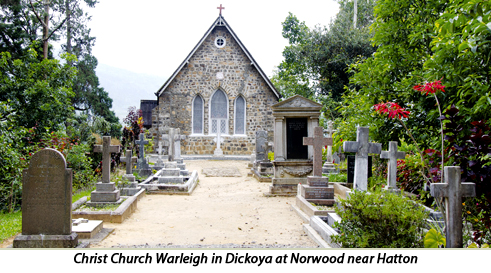
Renowned personality
The most renowned personality believed to have found eternal rest in this churchyard is the first Inspector General of Police (IGP) Sir William Robert Campbell. Having served as the Chief of Police in India, he had come to Ceylon in 1866 to assume duty as the Chief Superintendent of Police which post was elevated in 1867 to that of IGP.
The caretaker said there was no more space now in the cemetery as it had only a limited area. The church conducts English sServices every first and third Sundays of the month. The resident caretaker is available at all times to help visitors and worshippers.
He said Britons regularly visited Christ Church Warleigh as a mark of respect to their loved ones buried here in the cemetery over a century ago. It is open from 8 a.m. to 4.30p.m. for visitors and is one of the best places to visit, with vibrant stained glass windows which adorn portraits depicting the life of Jesus Christ. If you are a history buff, this historic church is well worth a visit on your next trip to the central highlands.







